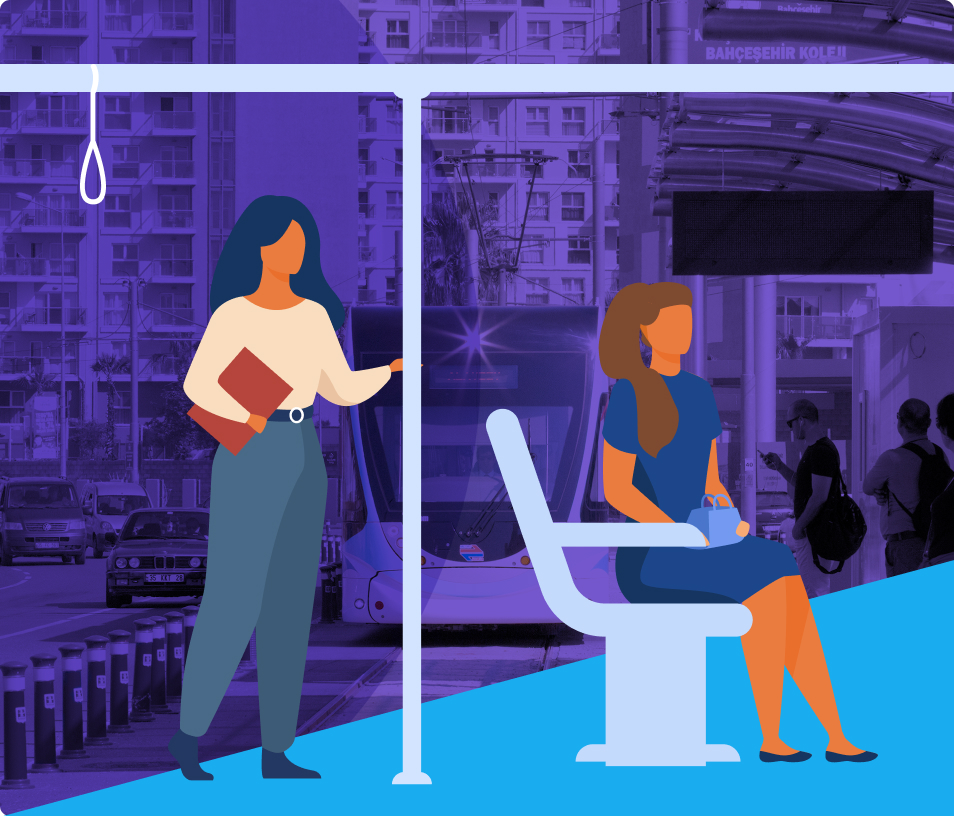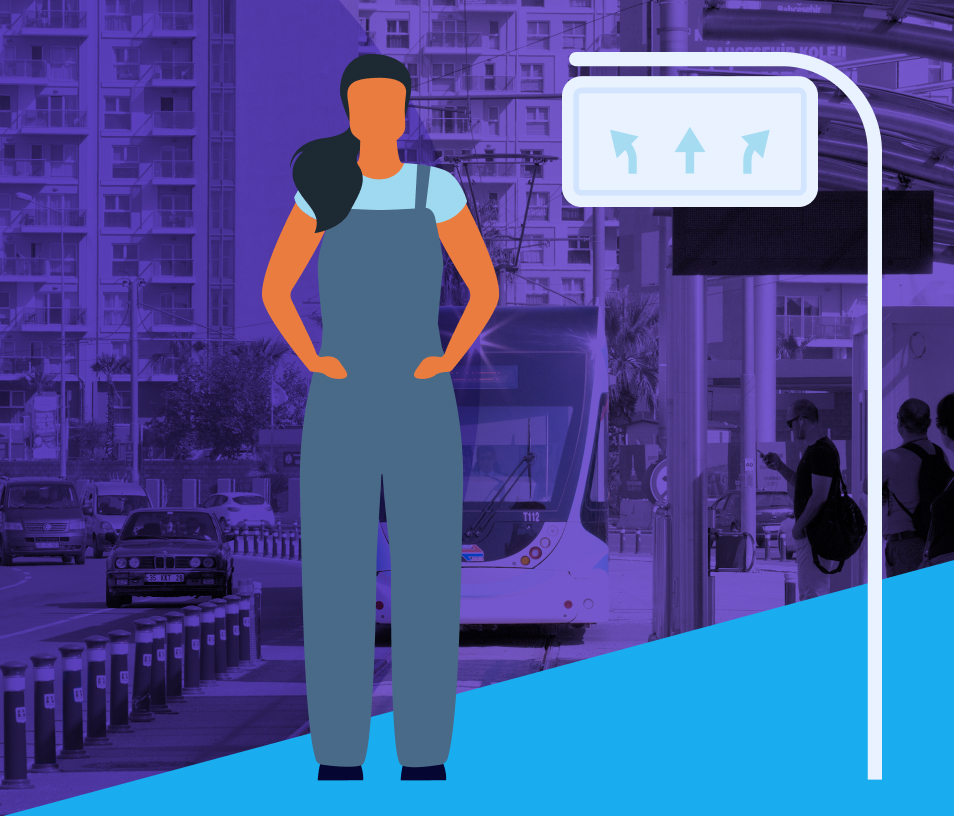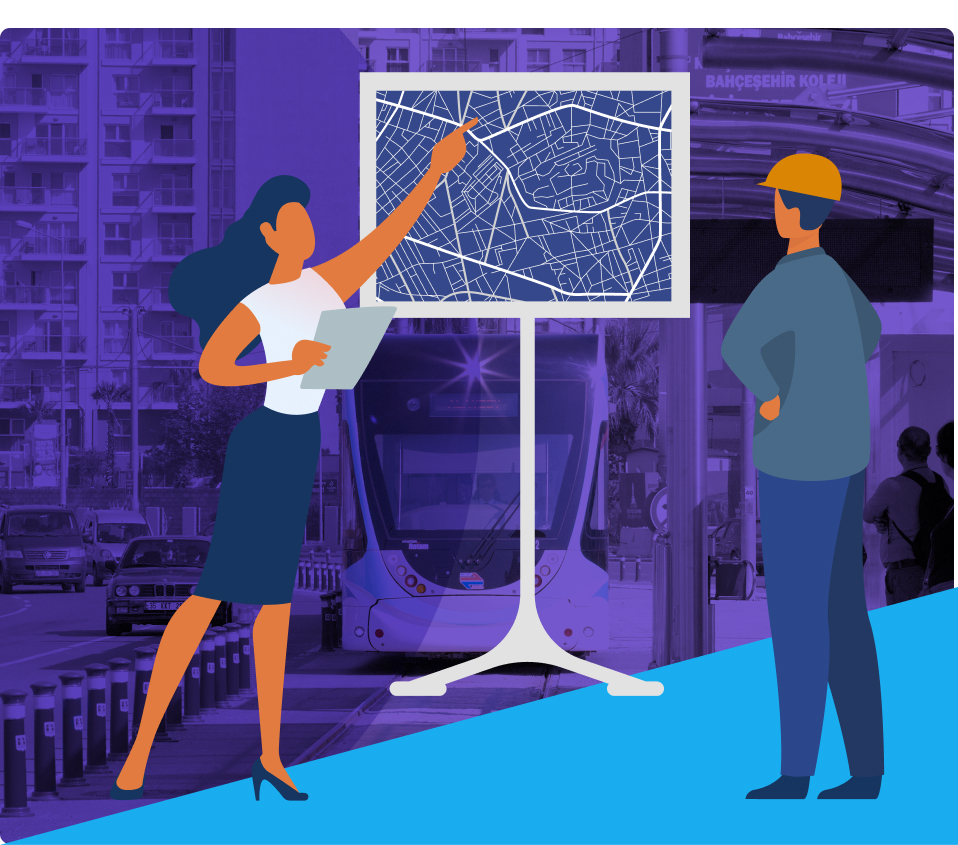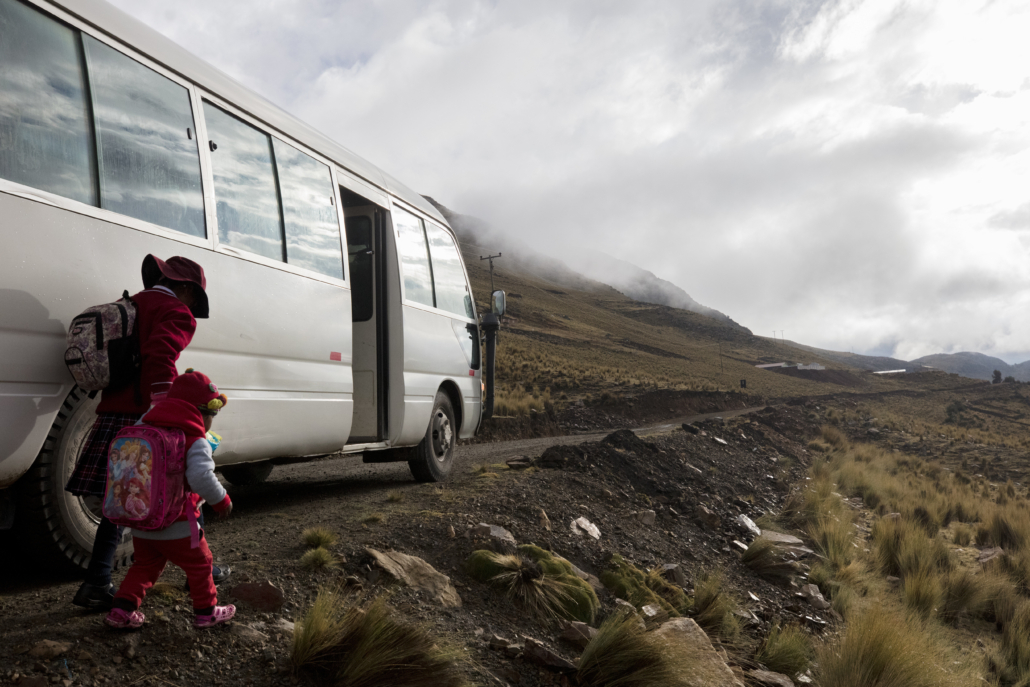Business Case: Transport
transport

KEY FINDINGS
Equitable Transport Keeps Communities Moving

01
Access to safe and accessible public transport is a key catalyst for increasing women’s labor force participation.

02
Gender-equitable transport workforces improve safety, community satisfaction, and overall ridership.

03
Recognizing differences in women’s mobility patterns can help increase ridership.

04
Including women in transport project planning and implementation improves project outcomes.
Strategies to address gender gaps
 Measure gender equality and connect it to tangible business benefits.
Measure gender equality and connect it to tangible business benefits.
 Increase women’s participation in roles throughout the sector.
Increase women’s participation in roles throughout the sector.
 Ensure that women’s needs as users are addressed through design features and contractual requirements.
Ensure that women’s needs as users are addressed through design features and contractual requirements.
 Increase representation of women’s perspectives in community engagement and planning.
Increase representation of women’s perspectives in community engagement and planning.
 Measure gender equality and connect it to tangible business benefits.
Measure gender equality and connect it to tangible business benefits.
 Increase women’s participation in roles throughout the sector.
Increase women’s participation in roles throughout the sector.
 Ensure that women’s needs as users are addressed through design features and contractual requirements.
Ensure that women’s needs as users are addressed through design features and contractual requirements.
 Increase representation of women’s perspectives in community engagement and planning.
Increase representation of women’s perspectives in community engagement and planning.
Fast Facts
Women’s voices must be heard—as transport employees and users.
34%
Source: World Economic Forum
>50%
Source: IDB
16.5%
Source: United Nations
70%
Source: ADB
1.78 trips
Source: SUTP
16 countries
Source: World Bank







